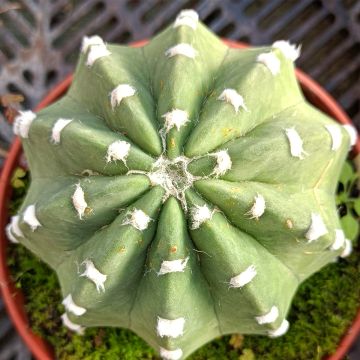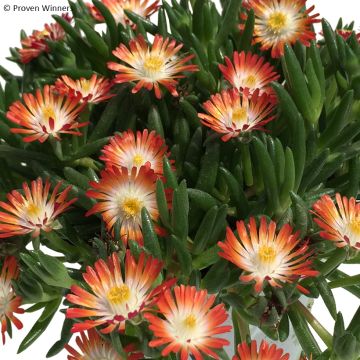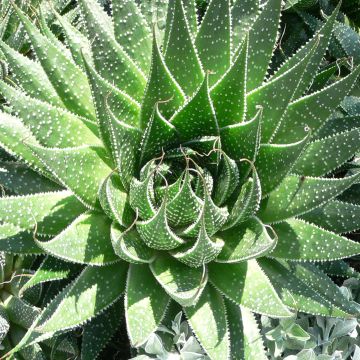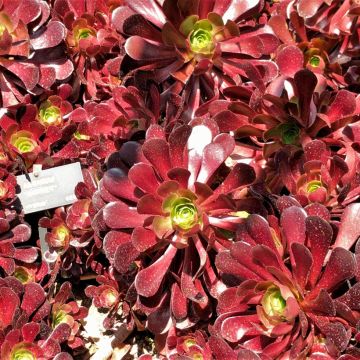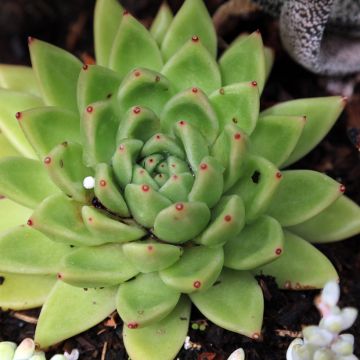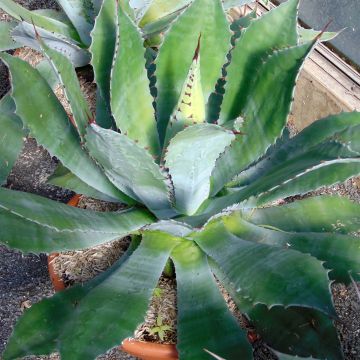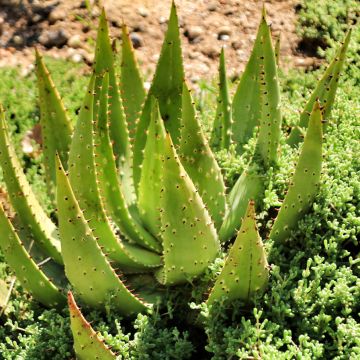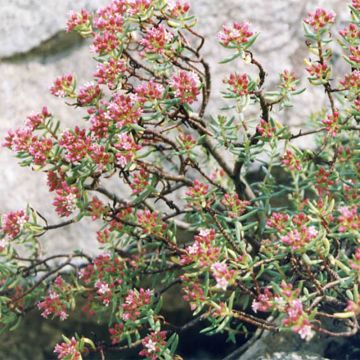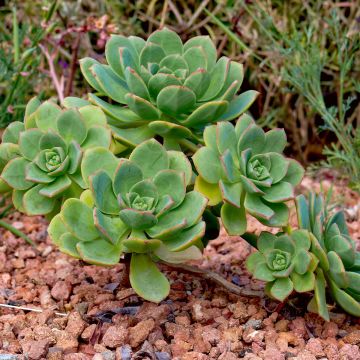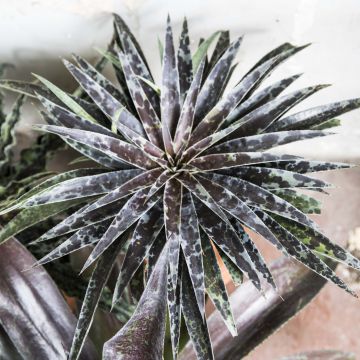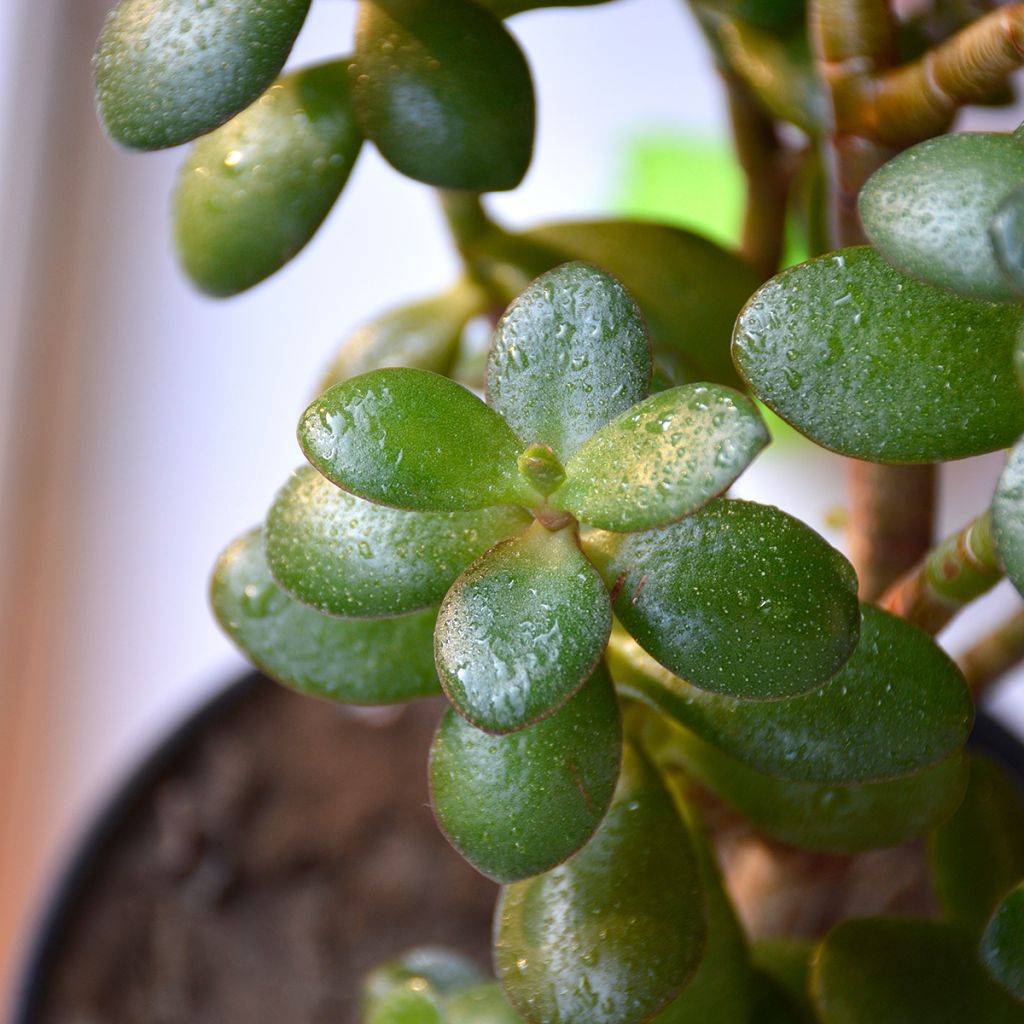

Crassula ovata Minor
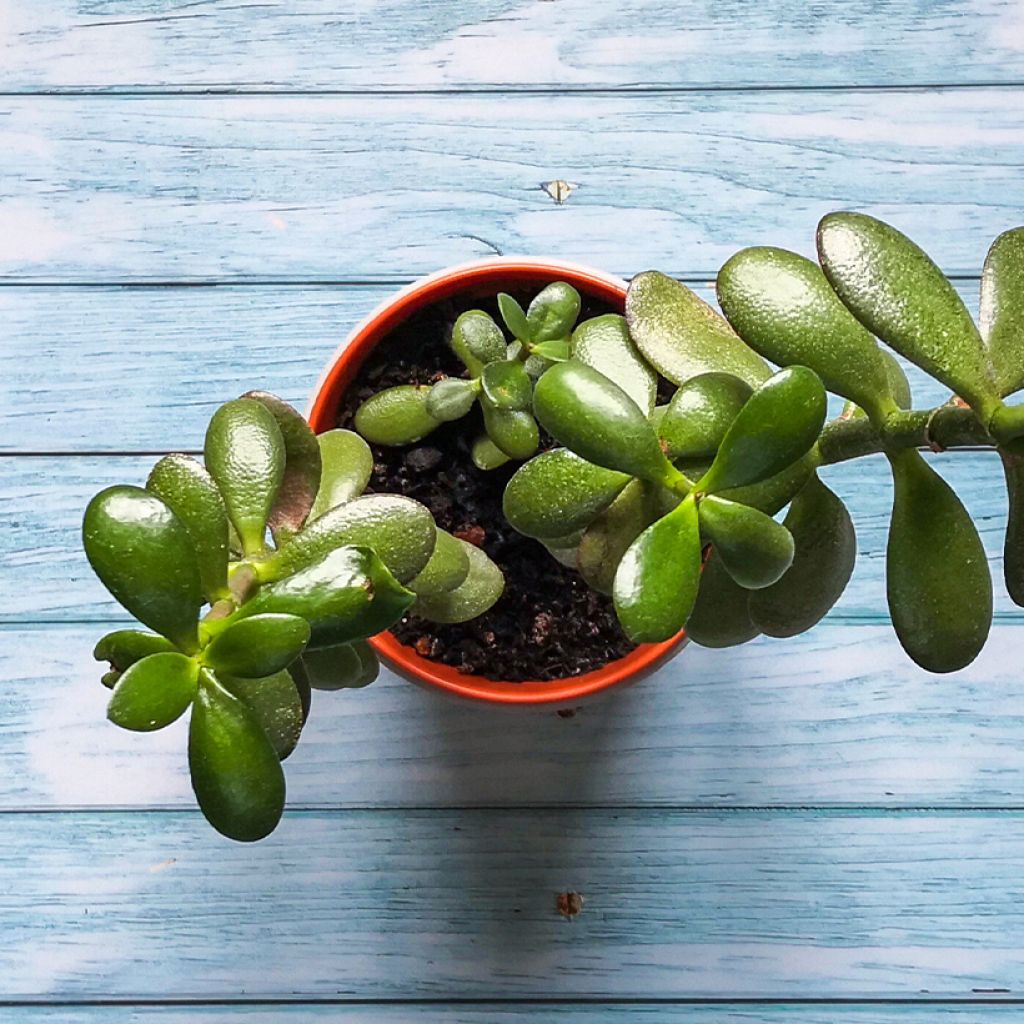

Crassula ovata Minor
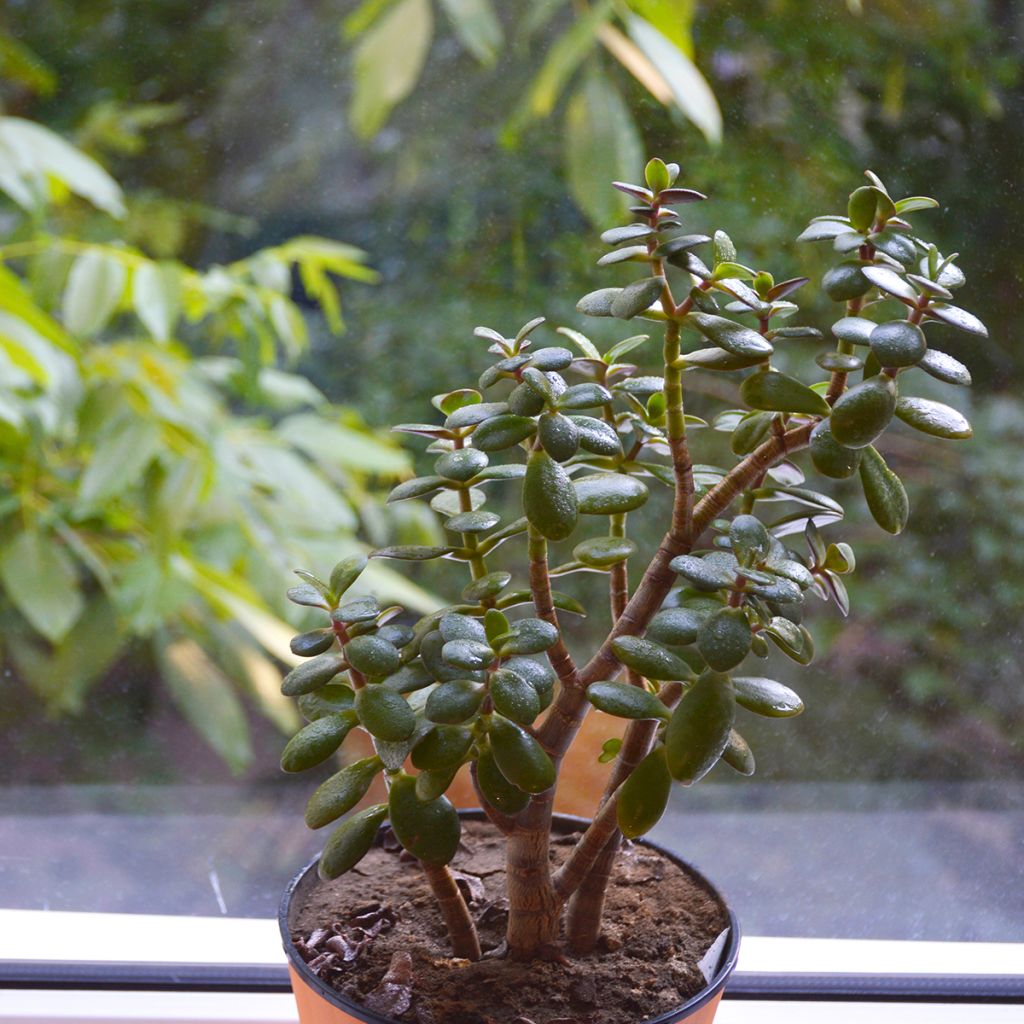

Crassula ovata Minor
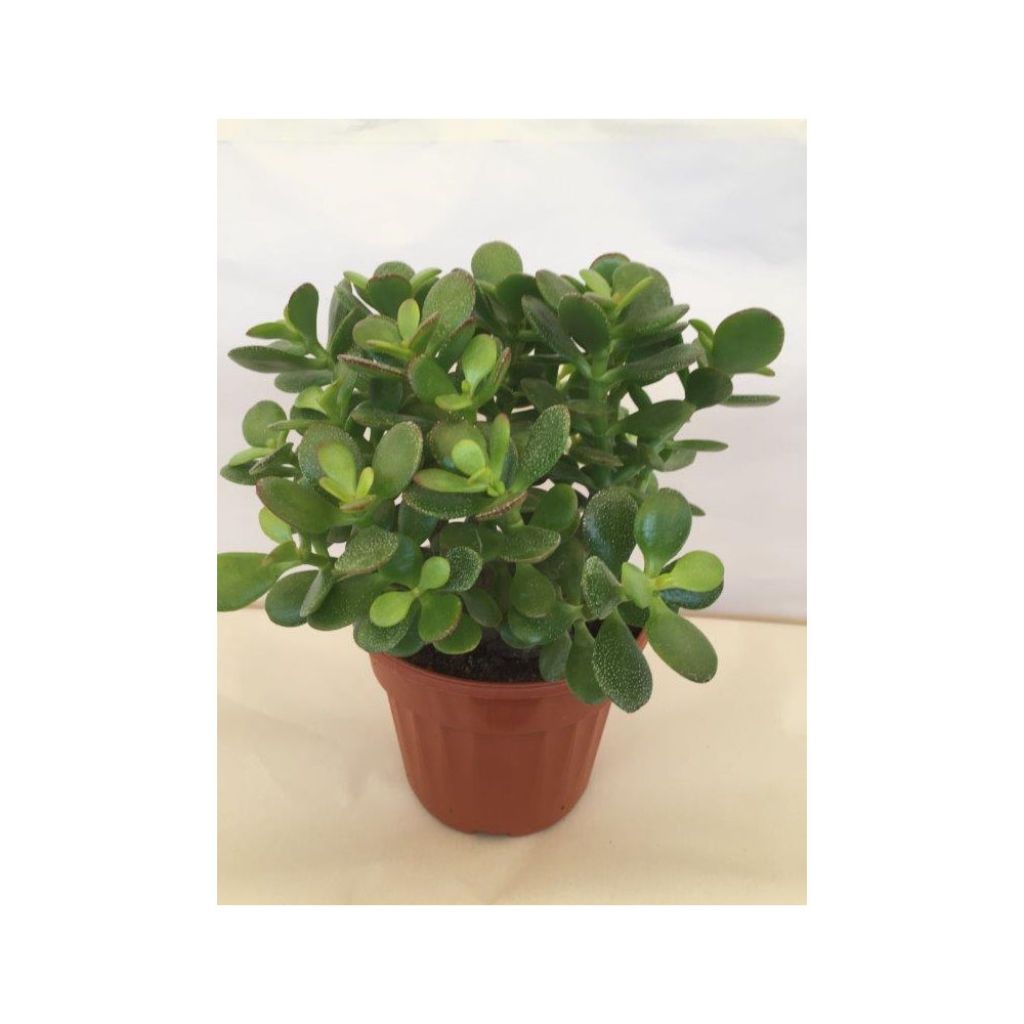

Crassula ovata Minor
Crassula ovata Minor
Crassula ovata Minor
Jade Plant, Money Tree, Lucky Plant, Money Plant
This item cannot be shipped to the selected country
Delivery charge from €5.90
More information
Schedule delivery date,
and select date in basket
This plant carries a 12 months recovery warranty
More information
We guarantee the quality of our plants for a full growing cycle, and will replace at our expense any plant that fails to recover under normal climatic and planting conditions.
From €5.90 for pickup delivery and €6.90 for home delivery
Express home delivery from €8.90.
Does this plant fit my garden?
Set up your Plantfit profile →
Description
The Crassula ovata 'Minor' is a horticultural variety with a finely branching habit and ornamental fleshy foliage, smaller than the species and turning impressive red shades in the sun. It is a succulent perennial that forms a much denser upright bush, ideal for bonsai formation. In the middle of winter, it bears terminal corymbs with delicate small star-shaped flowers ranging from creamy white to pinkish hues. Not very hardy, it is a plant that is easily grown in a pot outdoors as long as it enjoys full light and a well-drained, dry substrate, and is kept in a bright, frost-free room during winter.
The Crassula ovata, aorjade tree, is a long-lived succulent perennial belonging to the family Crassulaceae. Most species in the genus are native to South Africa, where they thrive in bright environments with well-drained, light soils that remain dry during the winter season. This species requires little watering as its fleshy leaves effectively store water during drier periods. Crassula ovata is the most popular species. It is a succulent plant that requires little care and is commonly sold in garden centres and florists. Sensitive to cold temperatures, it does not tolerate temperatures below -2°C (28.4°F) and is mainly grown in pots that are brought indoors, protected from frost, from late autumn. Its weight and shallow root system require a large, heavy, stable pot, preferably stone or terracotta.
The Crassula ovata 'Minor' is a horticultural variety distinguished by a more branching habit and smaller leaves than the species, which can turn entirely red if strongly exposed to the sun. It is a perennial shrub with an upright, highly branched, compact habitat. Its silhouette is less imposing with its finer and more divided branches. The plant has an even slower growth and reaches about 90 cm (35in) in all directions after many years. The jade green leaves are fleshy, shiny, elliptical, less than 3 cm (1in) long, and their margins and sometimes even the entire lamina turn bright red to deep red in the sun. Flowering occurs in the middle of winter, between December and February, on mature plants. It takes the form of very light corymbs of smtinytar-shaped flowers, measuring 2 to 8 cm (1 to 3in) in diameter, grouped at the end of pink to bright red petioles.
Plant the Crassula ovata 'Minor' in a rock garden or on a well-drained slope if your garden is located by the sea, where frost does not exceed -2°C (28.4°F), alongside the Cape Aster Felicia amelloides, Delospermas, and purslanes that thrive in the same conditions. Elsewhere, you can plant it in a beautiful pot, alone or in combination with other succulent plants such as sempervivums.
Report an error about the product description
Flowering
Foliage
Plant habit
Botanical data
Crassula
ovata
Minor
Crassulaceae
Jade Plant, Money Tree, Lucky Plant, Money Plant
Cultivar or hybrid
Other Cacti and succulents
Planting and care
Planting period
Intended location
Care
-
, onOrder confirmed
Reply from on Promesse de fleurs
Haven't found what you were looking for?
Hardiness is the lowest winter temperature a plant can endure without suffering serious damage or even dying. However, hardiness is affected by location (a sheltered area, such as a patio), protection (winter cover) and soil type (hardiness is improved by well-drained soil).

Photo Sharing Terms & Conditions
In order to encourage gardeners to interact and share their experiences, Promesse de fleurs offers various media enabling content to be uploaded onto its Site - in particular via the ‘Photo sharing’ module.
The User agrees to refrain from:
- Posting any content that is illegal, prejudicial, insulting, racist, inciteful to hatred, revisionist, contrary to public decency, that infringes on privacy or on the privacy rights of third parties, in particular the publicity rights of persons and goods, intellectual property rights, or the right to privacy.
- Submitting content on behalf of a third party;
- Impersonate the identity of a third party and/or publish any personal information about a third party;
In general, the User undertakes to refrain from any unethical behaviour.
All Content (in particular text, comments, files, images, photos, videos, creative works, etc.), which may be subject to property or intellectual property rights, image or other private rights, shall remain the property of the User, subject to the limited rights granted by the terms of the licence granted by Promesse de fleurs as stated below. Users are at liberty to publish or not to publish such Content on the Site, notably via the ‘Photo Sharing’ facility, and accept that this Content shall be made public and freely accessible, notably on the Internet.
Users further acknowledge, undertake to have ,and guarantee that they hold all necessary rights and permissions to publish such material on the Site, in particular with regard to the legislation in force pertaining to any privacy, property, intellectual property, image, or contractual rights, or rights of any other nature. By publishing such Content on the Site, Users acknowledge accepting full liability as publishers of the Content within the meaning of the law, and grant Promesse de fleurs, free of charge, an inclusive, worldwide licence for the said Content for the entire duration of its publication, including all reproduction, representation, up/downloading, displaying, performing, transmission, and storage rights.
Users also grant permission for their name to be linked to the Content and accept that this link may not always be made available.
By engaging in posting material, Users consent to their Content becoming automatically accessible on the Internet, in particular on other sites and/or blogs and/or web pages of the Promesse de fleurs site, including in particular social pages and the Promesse de fleurs catalogue.
Users may secure the removal of entrusted content free of charge by issuing a simple request via our contact form.
The flowering period indicated on our website applies to countries and regions located in USDA zone 8 (France, the United Kingdom, Ireland, the Netherlands, etc.)
It will vary according to where you live:
- In zones 9 to 10 (Italy, Spain, Greece, etc.), flowering will occur about 2 to 4 weeks earlier.
- In zones 6 to 7 (Germany, Poland, Slovenia, and lower mountainous regions), flowering will be delayed by 2 to 3 weeks.
- In zone 5 (Central Europe, Scandinavia), blooming will be delayed by 3 to 5 weeks.
In temperate climates, pruning of spring-flowering shrubs (forsythia, spireas, etc.) should be done just after flowering.
Pruning of summer-flowering shrubs (Indian Lilac, Perovskia, etc.) can be done in winter or spring.
In cold regions as well as with frost-sensitive plants, avoid pruning too early when severe frosts may still occur.
The planting period indicated on our website applies to countries and regions located in USDA zone 8 (France, United Kingdom, Ireland, Netherlands).
It will vary according to where you live:
- In Mediterranean zones (Marseille, Madrid, Milan, etc.), autumn and winter are the best planting periods.
- In continental zones (Strasbourg, Munich, Vienna, etc.), delay planting by 2 to 3 weeks in spring and bring it forward by 2 to 4 weeks in autumn.
- In mountainous regions (the Alps, Pyrenees, Carpathians, etc.), it is best to plant in late spring (May-June) or late summer (August-September).
The harvesting period indicated on our website applies to countries and regions in USDA zone 8 (France, England, Ireland, the Netherlands).
In colder areas (Scandinavia, Poland, Austria...) fruit and vegetable harvests are likely to be delayed by 3-4 weeks.
In warmer areas (Italy, Spain, Greece, etc.), harvesting will probably take place earlier, depending on weather conditions.
The sowing periods indicated on our website apply to countries and regions within USDA Zone 8 (France, UK, Ireland, Netherlands).
In colder areas (Scandinavia, Poland, Austria...), delay any outdoor sowing by 3-4 weeks, or sow under glass.
In warmer climes (Italy, Spain, Greece, etc.), bring outdoor sowing forward by a few weeks.

































